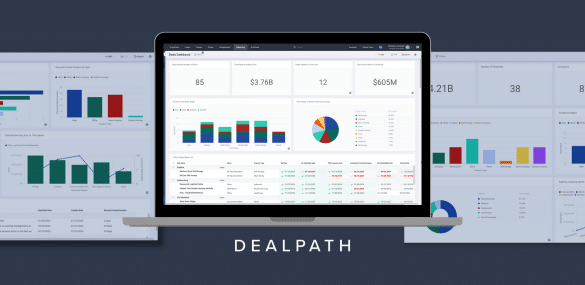From manufacturing to shipping, distribution and beyond, industrial real estate has long been a core driver behind many firms’ investment strategies. Fueled by the rising demand for e-commerce fulfillment channels, the recent shift in focus from retail to industrial brought an even brighter spotlight on this property class. While the spotlight on industrial has waned, this property type remains a reliable, future-proof investment that supports consumer trends. Read on to learn more about investing in industrial real estate.
What Is Industrial Real Estate?
Industrial real estate encompasses any buildings that support or facilitate manufacturing, assembly, warehousing, storage and distribution. While not a daily destination for most people, industrial buildings play a role in the lives of all consumers. Industrial real estate is a crucial component of the logistics infrastructure that allows businesses to create, ship and receive goods.
Though they may lack the visual appeal of other property types and asset classes, like multifamily, industrial real estate is a practical investment that’s increasingly central to today’s economy.
How E-Commerce Is Driving Demand for Industrial Real Estate Investments
When the pandemic prevented the public from shopping at brick and mortar stores, people turned to eCommerce websites like Amazon, which were already growing rapidly. For many consumers, eCommerce has become the norm thanks to fast shipping, simplicity and convenience. Nonetheless, retail still holds an important place when it comes to consumer purchasing decisions, and in 2024, is experiencing positive signals.
According to eMarketer, 20.1% of all retail sales will be driven by eCommerce. Similarly, eCommerce sales increased by 8.8% in 2024, according to Forbes. Distribution, sorting and final mile delivery facilities underpin this transformation.
Demand for industrial real estate has surged as firms vie for opportunities to invest in the infrastructure powering eCommerce.
Breaking Down the Types of Industrial Real Estate
Under the umbrella of the industrial real estate property class, there are several different types of properties:
- Warehouses: Buildings that function as storage facilities, distribution centers, and final mile delivery centers
- Light Industrial Manufacturing: Manufacturing facilities for production
- Heavy Industrial Manufacturing: Manufacturing facilities for production of both goods and parts, which are generally tailored to tenant needs and, as a result, not easily fillable
- Flex Space: Any industrial facility that serves more than one purpose, often the office of a manufacturing company
- Land: Undeveloped land parcels that can be developed for any of the above purposes
Like other property types, not all industrial real estate is created equal. Factors like the property’s condition, location, and profitability determine whether a given property generates the highest possible cash flow in Class A, toward the lower end of the spectrum in Class C, or in the middle, in Class B. Investors with differing strategies may choose to prioritize buildings in different conditions.
Pros and Cons of Industrial Real Estate
Compared to other asset classes, what are the pros and cons of investing in industrial real estate?
Pros:
- Asset types variety: From warehouses to manufacturing facilities, there are a variety of different niches to invest in depending on macroeconomic factors, your strategy and other considerations.
- Favorable lease length: Industrial leases typically favor investors by including long terms, creating a stable revenue stream, including NNN leases in some cases. Bespoke spaces fit to client needs also deter tenants from finding a new lease.
- Minimal upkeep: Industrial real estate leases tend to shift the burden of maintenance to tenants, leaving investors with minimal upkeep costs, particularly when there is a NNN lease.
- High demand: Due to the need for infrastructure to support eCommerce growth, industrial buildings remain critical for fulfilling shipping logistics needs.
Cons:
- Difficulty finding replacement tenants: Some industrial spaces are tailored to highly specific tenant needs, which makes it difficult for landlords to fill these spaces if tenants leave.
- Single-tenant income: Many industrial real estate spaces can only be occupied by one tenant, creating risk for landlords in the event that a tenant leaves.
- Competitive landscape: As a result of industrial real estate’s surge in popularity, these opportunities are highly competitive. Investment management firms may need to move quickly to beat competitors on new opportunities.
17 CRE Investment Questions Your Data Can (Finally) Answer
To outperform the competition and move at digital speed, real estate investment managers must make decisions that are grounded in–not simply supported by–data. Download this guide to learn just a few examples of how CRE investment managers can turn data into answers with unprecedented speed, precision and scale with deal management software.
DOWNLOAD NOW


